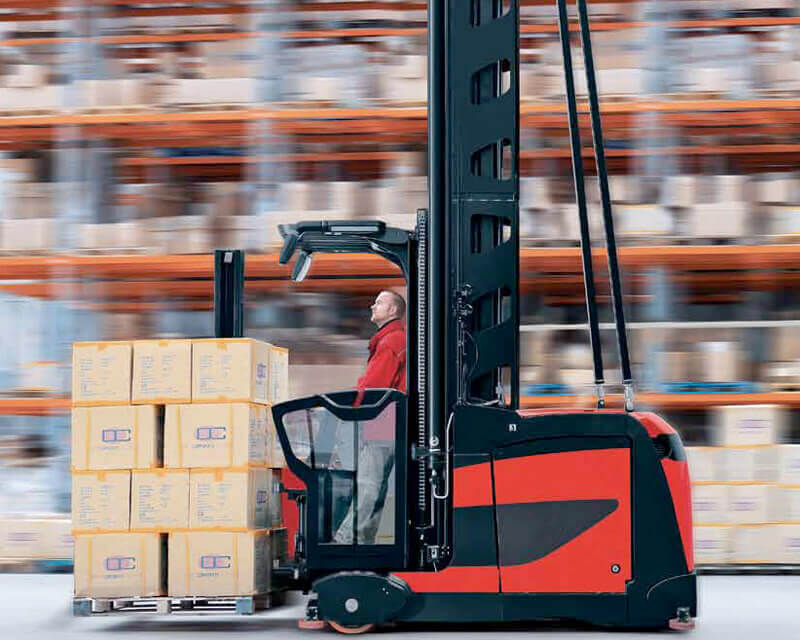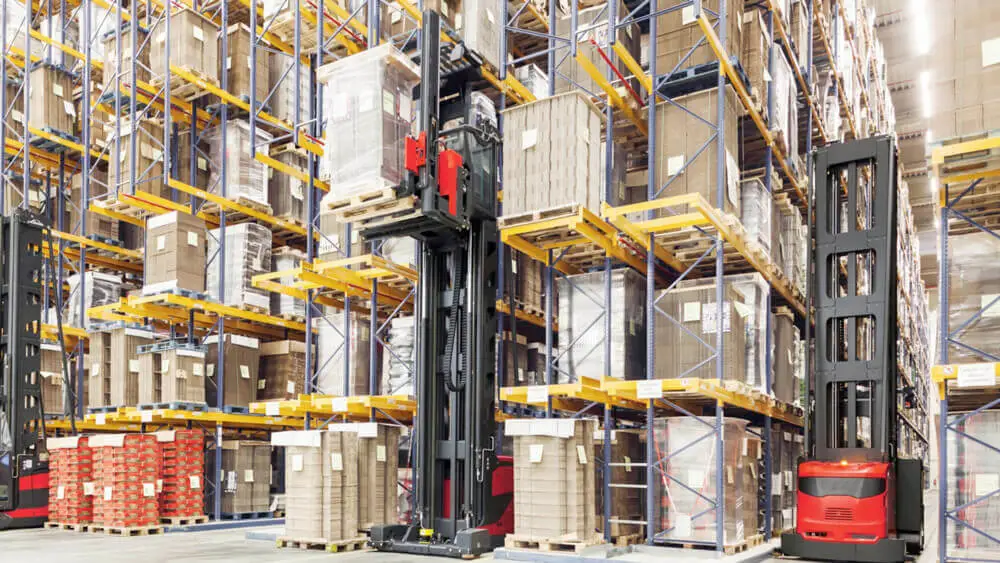Any business selling physical goods needs to have a strategy for storing physical goods. However, it’s not as simple as stacking everything in a warehouse. The inventory storage needs of every business are different.
Factors like sales volume, location, and product dimensions all factor into the type of storing system you need for your business.
For e-commerce businesses, it can be even more complex. With so many third-party logistics options vying for your business, it’s difficult to determine the correct inventory storage solutions for you.
With that in mind, we examine different inventory storage ideas and the pros and cons of each.
What are Inventory Storage Solutions?
Figuring out how and where to store inventory depends on your business. There are several major inventory storage systems, all dedicated to cost-effective and efficient storage.
The business of corporate storage solutions focuses on the intelligent storing, management, and tracking of your inventory.
Choosing the best storage system for your business can save you money, improve your logistics, and, ultimately, improve how your organization serves its customers.
3 Types of Inventory Storage Solutions
There are three major inventory storage ideas of which you need to be aware. These are self-storage, traditional warehousing, and third-party logistics (3PL).
We will discuss these retail storage systems and the pros and cons of each.
1. Self-Storage
Self-storage is the cheapest, easiest choice for new businesses. Self-storage is as easy as storing your goods in your home, a dedicated self-storage unit, or simply in a garage.
Keep in mind, while it’s an easy way to store your goods, it can be inefficient and frustrating. However, for businesses with a small number of customers, this can be the ideal inventory storage option.
2. Traditional Warehousing
Growing e-commerce businesses often choose traditional warehousing solutions. Business owners pay for a location that can be used to send their inventory. From there, it’s prepared and shipped out.
It’s a more professional solution, but rates can be high. You must also cover workforce expenses, as well as the cost of additional expansion. Fast-growing businesses could find themselves under strain if they reach their original warehouse capacities.
Traditional warehousing still requires you to manage your inventory and supplies yourself, which can be a burden on small businesses.
3. 3PLs
Outsourcing order fulfillment to a 3PL enables you to store, manage, and track your inventory remotely. These companies handle everything for you, and they make it easy to scale your warehouse management needs alongside your growing business.
Plus, 3PLs are experts, so there’s no learning curve on your part. They know how to maximize efficiency and help you to keep your costs down.
Cost of Inventory Storage Solutions
The cost of inventory storage systems comprises several factors:
- The cost of space.
- The cost of utilities, with self-storage and traditional warehousing.
- The cost of insurance.
- The cost of your inventory.
- The location of the facility.
There’s a huge amount of variation when it comes to the pricing of retail storage systems.
Average self-storage units can cost anywhere from $100-$300 per month, and this only includes the square footage. It doesn’t include software or employees to manage your inventory and shipping needs.
Although 3PLs may cost more, the added experience and personnel are a significant boon to any business.
In conclusion, you must do your research to ensure you’re getting the most cost-effective solution.

Inventory Storage Ideas & Tips
What do you need to prioritize as a growing business? Here are the top inventory storage ideas and tips you need to know.
Automated Reorders for SKUs – When inventory for a specific SKU reaches a certain level, implement automatic reordering. Ensure you never run out of inventory.
Use Software to Track and Audit – Throw out the Excel spreadsheets and invest in specialist software to track and audit inventory. Most 3PLs provide this service for free.
Choose a Provider that Scales – Make scaling easy by choosing a provider that enables you to do this quickly.
Regular Inventory Reconciliation – Schedule daily, weekly, and monthly inventory reconciliation to make sure you know exactly what you have in stock at any point.
What is the Best Storage System for Your Business?
There’s no one “best” storage system for businesses. It all depends on your needs.
For newer businesses, self-storage is perfectly acceptable. When you have a narrow product range with a small number of customers, it makes little sense to invest in more formalized storage systems.
However, as you grow, the help of a professional 3PL is invaluable. Rather than spending valuable time on inventory management, storage, and shipping, you can outsource this to an organization with vastly more experience than you.
Conclusion
Figuring out the how and where to store inventory can prove to be a major headache for businesses. The wrong decision can cost you both time and money.
Contact Texas Motive Solutions and we will put you in contact with one of our trusted partners to learn more about possible tailored storage solutions they offer to businesses across the state.



